detail profile aleksandr ptushko
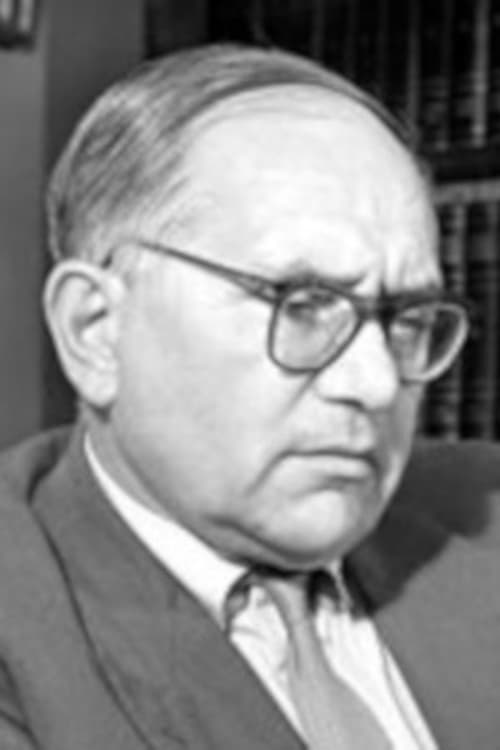
Aleksandr Ptushko
Aleksandr Lukich Ptushko
atau dikenal sebagai
Riwayat Hidup
Aleksandr Lukich Ptushko (Russian: Александр Лукич Птушко, 19 April [O.
S.
6 April] 1900 – 6 March 1973) was a Soviet animation and fantasy film director, and a People's Artist of the USSR (1969).
Ptushko is frequently (and somewhat misleadingly) referred to as "the Soviet Walt Disney," because of his prominent early role in animation in the Soviet Union, though a more accurate comparison would be to Willis H.
O'Brien or Ray Harryhausen.
Some critics, such as Tim Lucas and Alan Upchurch, have also compared Ptushko to Italian filmmaker Mario Bava, who made fantasy and horror films with similarities to Ptushko's work and made similarly innovative use of color cinematography and special effects.
He began his film career as a director and animator of stop motion short films, and became a director of feature-length films combining live action, stop motion, creative special effects, and Russian mythology.
Along the way he would be responsible for a number of firsts in Russian film history (including the first feature-length animated film, and the first film in color), and would make several extremely popular and internationally praised films full of visual flair and spectacle.
Info Pribadi
Peran Yang Di Mainkan Aleksandr Ptushko
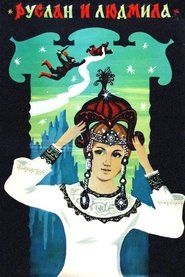 In the midst of the wedding...
In the midst of the wedding...Ruslan and Ludmila 1972
In the midst of the wedding party of Prince Ruslan and Ludmila, daughter of Prince Vladimir, the girl is kidnapped by the evil sorcerer Chernomor and the witch Naina. Three former suitors for her hand set out, as does Ruslan, to rescue Ludmila...
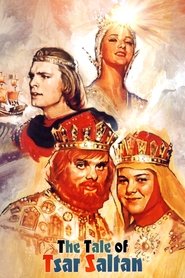 Based on a famous fairy tale...
Based on a famous fairy tale...The Tale of Tsar Saltan 1967
Based on a famous fairy tale, in verse, by Alexander Pushkin, this ravishingly beautiful fantasy is about love, magic, betrayal and abandoned family. Driven from the Russian court by her sisters' scheming, the young Tsarina is thrown into the sea in a cask with her infant son. Surviving the storm-tossed voyage, the mother and her now magically-adult son land on a remote island where he falls in love with a Swan Princess in human form, and longs for reunion with his estranged father, Tsar Saltan. Merchants come to the island with news of the tsar, and the prince sends word back to him, but the sisters continue their campaign of lies and trickery to keep them apart.
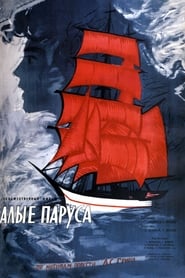 A little girl Assol met a...
A little girl Assol met a...Scarlet Sails 1961
A little girl Assol met a wizard and it has been foretold: "... it will be a fine sunny day when a beautiful ship under scarlet sail comes and the noble prince will take you away from here. He'll take you to the world of your dreams, where you will be loved and happy." The neighbours told jokes about her, children teased her, but she waited for her prince. She trusted in the miracles and waited. Arthur Gray's rule was "if you can make a miracle, do it!". And he made a miracle for the wonderful romantic girl.
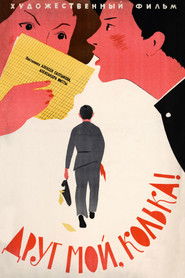 Pupils of the ordinary high school...
Pupils of the ordinary high school...My Friend, Kolka! 1961
Pupils of the ordinary high school organize a “secret society” under the motto “Help the offended and weak, avenge widers and upstarts!” The new pioneer leader supports the children, and soon he manages to make the school life of the children truly fascinating.
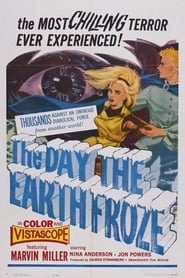 Based on Finnish mythology Lemminkinen woos...
Based on Finnish mythology Lemminkinen woos...The Day the Earth Froze 1959
Based on Finnish mythology; Lemminkäinen woos the fair Annikki and battles the evil witch Louhi. Louhi kidnaps Annikki to compel her brother to build for her a Sampo, a magical device that creates salt, grain, and gold. When Lemminkäinen fails to recover the Sampo, Louhi steals the sun, plunging the world into frozen darkness.
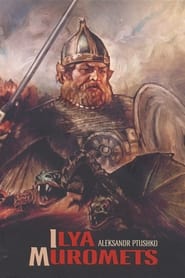 Paralyzed since birth Ilya can only...
Paralyzed since birth Ilya can only...The Sword and the Dragon 1956
Paralyzed since birth, Ilya can only watch helplessly as his village is plundered by barbarians. But when a mysterious traveler arrives with a magic elixir that restores him to full health, Ilya begins an adventure to protect the village and the royal family from harm.
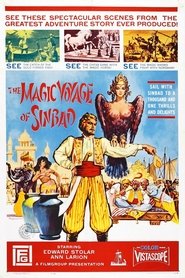 Sadko is based on an opera...
Sadko is based on an opera...The Magic Voyage of Sinbad 1953
Sadko is based on an opera by Nikolai Rimsky-Korsakov, which was based on a Russian epic tale of the same name. In the old Russian city of Novgorod, the merchants are feasting in a gorgeous palace and Sadko is bragging that he can bring to their land a sweet-voiced bird of happiness. They laugh at him, but he is offered help by the Ocean King's daughter, who is mesmerized by Sadko's singing and is in love with him. The hero is destined to visit many lands in his search of the bird. First shown in the USA in 1953 with English subtitles. This entry is for 1962 English-dub by Roger Corman's Filmgroup, which runs about 8 minutes shorter (removes much of the music) than the Russian original (see, Sadko, 1953)
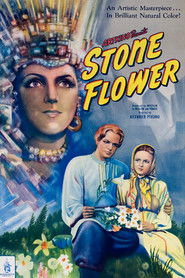 This remarkable film is based on...
This remarkable film is based on...The Stone Flower 1946
This remarkable film is based on P. Bazhov’s fairy tale “The Malachite Box”. Little Danila was the most inquisitive apprentice of old Prokopich, a famous stone-carving master. Years passed… Like his teacher, the grown-up Danila has learned to feel the soul of his material and became an expert in handling rare precious stones found in the Ural Mountains. One day he met the Mistress of the Copper Mountain, a fairy who ordered for herself an unusual stone flower.
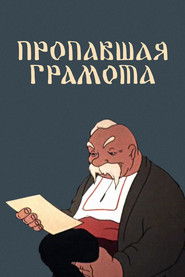 The Lost Letter Russian Propavshaya gramota...
The Lost Letter Russian Propavshaya gramota...The Lost Letter 1945
The Lost Letter (Russian: Пропа́вшая гра́мота, Propavshaya gramota), or A Disappeared Diploma, is a 1945 Soviet animated film directed by the Brumberg sisters and Lamis Bredis. It is the first Soviet cel-animated feature film. It was produced at the Soyuzmultfilm studio in Moscow and is based on the story with the same name by Nikolai Gogol.
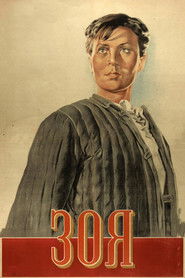 The true story of one of...
The true story of one of...Zoya 1944
The true story of one of Russia's most beloved national heroines. During the Nazi siege of Moscow, a fearless 18-year-old girl named Zoya risked her life as a partisan fighter. Captured by the Germans, Zoya endured unspeakable tortures at the hands of the Gestapo but still refused to betray her comrades. Even on the gallows, Zoya defiantly spoke out against the Nazis and everything they stood for. In a series of flashbacks, this film re-creates not merely Zoya's death, but also her life.
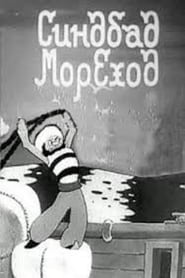 Sinbad the Sailor is a Soviet...
Sinbad the Sailor is a Soviet...Sinbad the Sailor 1944
Sinbad the Sailor is a Soviet animated short by Valentina and Zinaida Brumberg, released in 1944 by Soyuzmultfilm. The film is based on the Arab fairy tales about Sinbad the Sailor and his incredible adventures in foreign countries.
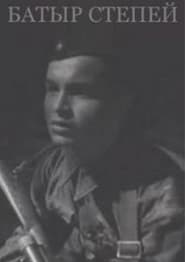 After several days of the offensive...
After several days of the offensive...Batyr of the Steppes 1942
After several days of the offensive, the Red Army detachment settles down to rest. At a halt, the warrior Kuregen tells his comrades-in-arms the story of the feat of the legendary Kazakh batyr Tolagai, who sacrificed his life for the people's good a thousand years ago.
 The Golden Key a 1939 movie combining...
The Golden Key a 1939 movie combining...The Golden Key 1939
The Golden Key, a 1939 movie combining live action and stop-motion animation.
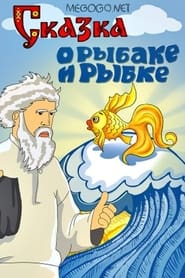 Adaptation of Pushkins fairy tales The...
Adaptation of Pushkins fairy tales The...The Tale of the Fisherman and the Goldfish 1937
Adaptation of Pushkin's fairy tales. The tale is about a fisherman who manages to catch a Golden Fish which promises to fulfill any wish of his in exchange for its freedom. The storyline is similar to the Russian fairy tale "The Greedy Old Wife" and the Brothers Grimm's tale "The Fisherman and His Wife".
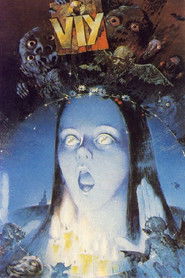 A young priest is ordered to...
A young priest is ordered to...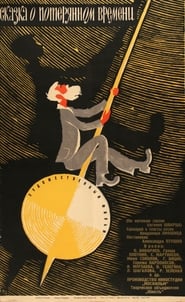 Four evil wizards succeeded to become...
Four evil wizards succeeded to become...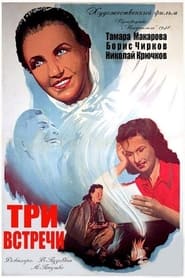
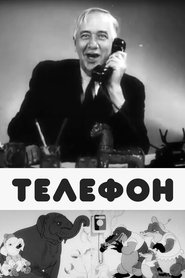 The childrens writer Korney Chukovsky gets...
The childrens writer Korney Chukovsky gets... This is a story about the...
This is a story about the...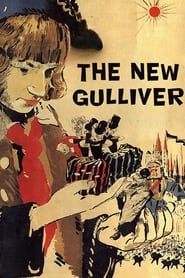 The story a Communist retelling of...
The story a Communist retelling of...